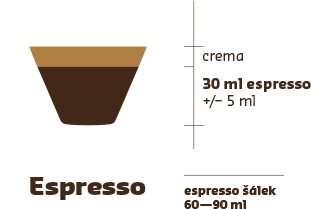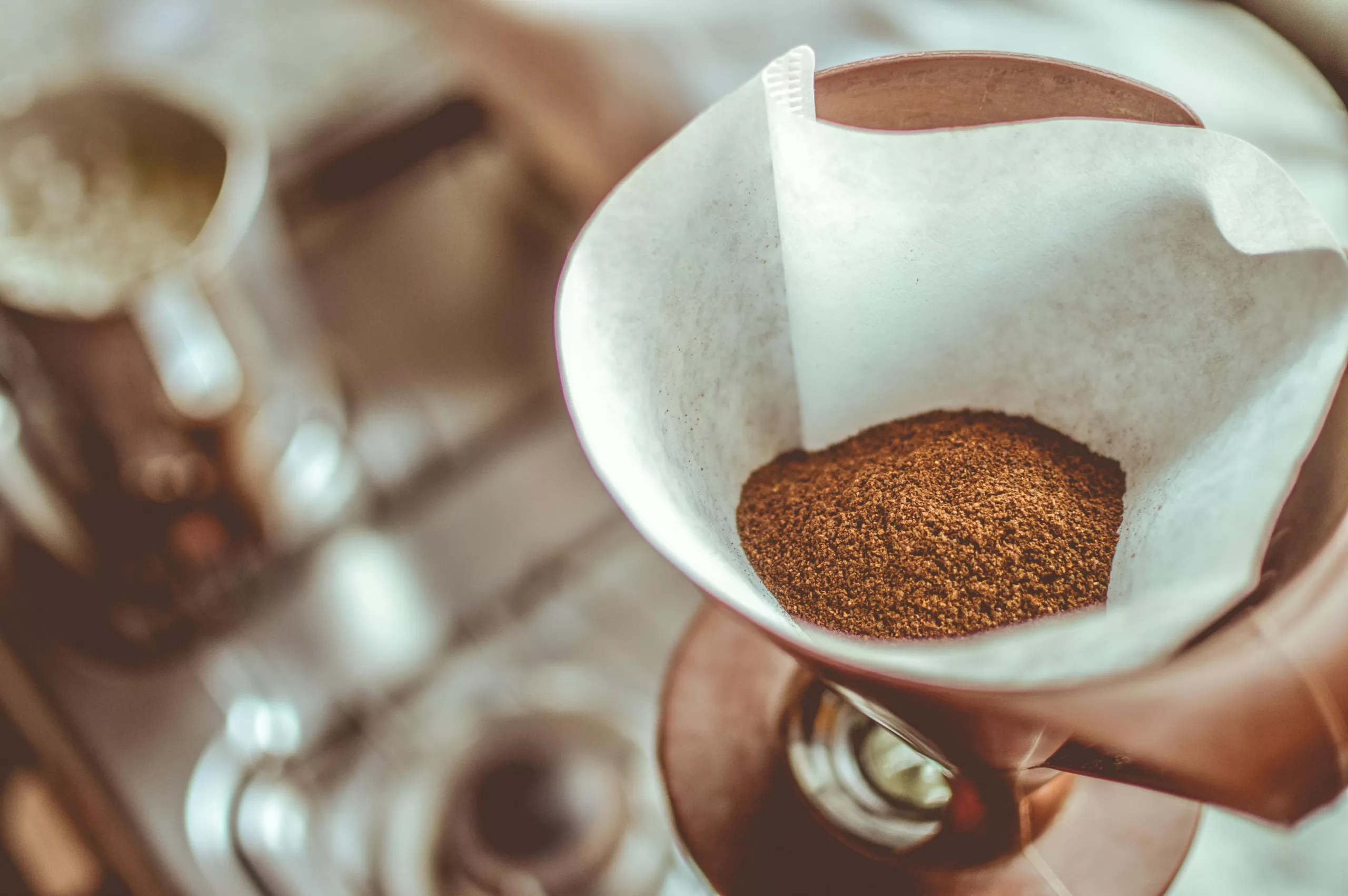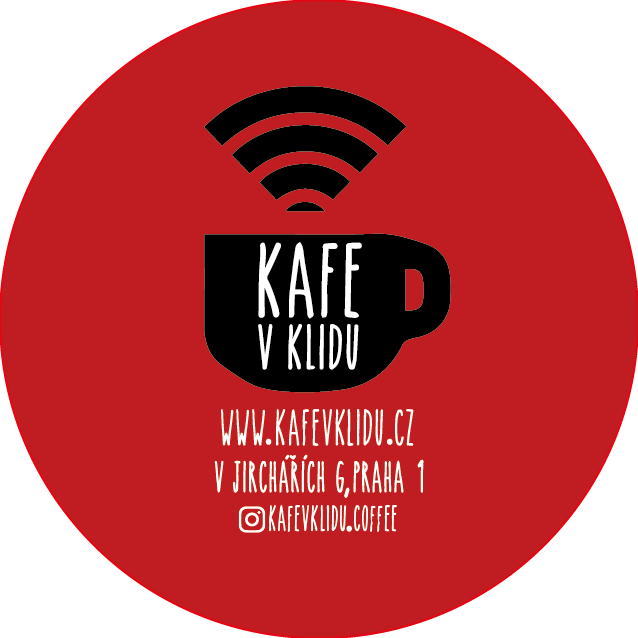Your cart is currently empty!
Types of coffee preparation
Find out if you are a specialty coffee drinker
Are you a coffee expert or just a coffee lover?
Ristretto
Ristretto is a drink originating in southern Italy, in Sicily. It is very similar to espresso, but with the difference that its volume is around 20 ml. Local coffee lovers resort to cutting the espresso because of the high temperatures in this region, where the drink had to be made even smaller to avoid raising the body temperature when drinking it.
There are two ways to prepare ristretto:
- Extraction stops earlier at the same grinding coarseness.
- The coffee is ground more gently, so less water can flow through the lever in the same ±25 seconds. However, in a café there is no time for the rather complicated readjustment of the grinder, so the first option is generally chosen, or the barista adds more coffee to the portafilter (lever) at the same coarseness.
In taste, the ristretto should be slightly less bitter, while the sweetness and acidity are even more accentuated. The higher extraction percentage naturally makes for a stronger body.
The best coffee for ristretto can be found in our e-shop HERE

Espresso
With espresso coffee there are no more variations of the drink, there is no piccolo, small or large espresso. There is only one espresso.
The first source we took our definition of espresso from is the World Barista Championship. There's really no competition in piccolo, espresso or latte. You can read the full rules in the RULES section, they have been compiled into a PDF document and each year may differ slightly from previous years.
"Espresso is a 30 ± 5 ml beverage with a recommended extraction time of 20 to 30 seconds, produced at a pressure of approximately 9 bar."
The best coffee for espresso can be found in our e-shop HERE

Espresso doppio
Let's always remember that there's only one espresso. But what to do if you want two? Just order an espresso doppio, which means two shots. Not from a machine gun, but from a lever. Double the coffee (16-20 g), double the water (60 ml), one cup. Double pleasure.
The best coffee for espresso doppio can be found in our e-shop HERE

Espresso Macchiato
The Italian derived drink espresso macchiato is fully true to its name. The word macchiato means speckled or spotted.
According to the classic school, it is an espresso with a drop of milk foam inserted into the crema with a spoon.
The modern macchiato looks like a miniature cappuccino - the espresso is filled to the brim with microfoam in its 80 ml cup and can be decorated with latte art.
The best coffee for espresso macchiato can be found in our e-shop HERE

Americano
This is espresso supplemented with hot water to increase its volume, typically in a 1:5 ratio. From the point of view of the customer demanding a "large espresso", the americano is its only proper substitute. Both procedures are acceptable: espresso first and then water (topped up by the guest according to taste) or water first and then espresso. The second procedure is also known as long black. Either way, much of the crema will dissolve, so don't be sad (either at the coffee machine or at the table), it's normal.
However, filtered coffee is preferable for long sips if it is on offer. We believe that if the barista prepares it correctly from a good selection of coffee, it tastes much better than an Americano.
The most common vice in the preparation of americano is to pass the entire volume of water through the lever of the coffee machine, resulting only in an undrinkable liquid containing woody substances and unnecessarily large amounts of caffeine (see Czech presso).
The americano didn't get its name by accident either, according to legend it was created during the Second World War when American soldiers didn't like strong espresso, so they had it diluted with water.
The best coffee for americano can be found in our e-shop HERE

Cappuccino
A drink with a total volume of 150 to 180 ml, based on 30 ml of espresso and warm milk. In the original Italian recipe, it contains 2 cm high thick foam on hot milk. A more recent variant is the 'Seattle style cappuccino', where instead of dense foam on the surface there is 'microfoam'. This is more intertwined with the milk and creates a pleasant, almost velvety mouthfeel after drinking.
The most common mistake with milk drinks is using an extract other than the correct 30ml espresso. Another mistake is unnecessarily overheating the milk above 65 °C when whisking it, which not only changes the protein structure of the milk and the taste, but also makes the drink too hot.
Remember, a properly prepared espresso-based beverage cannot be burned when you drink it!
The barista's task is to create a drink without visible bubbles, the surface follows the rim of the cup, it does not protrude uphill. For example, chocolate sprinkles, or perhaps even cinnamon, have nothing to do with the cappuccino. These flavour modifiers are most often used to mask coffee made from poor quality ingredients.
Has the barista already prepared your cappuccino with a picture on the surface? This method is called latte art and even has its own mastery. Its aim is to offer the customer not only a delicious coffee, but also to please visually. The most common motifs on cappuccinos are hearts, tulips or so-called rosettes. But again, more important than any image is the taste of the drink itself. Latte art is a nice bonus.
The best coffee for cappuccino can be found in our e-shop HERE

Flat White
Lately there has been a growing demand for something a little stronger, for some people one espresso in a milky drink just isn't enough. Flat white has become very popular in Australia and has successfully domesticated itself around the world. It is prepared in a glass or cappuccino cup from two shots of espresso (doppio) and topped up with warm milk with foam that typically forms about a 1cm layer, it can be garnished with latte art.
The best coffee for flat white can be found in our e-shop HERE

Latté Macchiato
A variation of the caffè latte is the latte macchiato, which is prepared in a glass by first frothing the milk into a microfoam which is poured into the glass. Here, within half a minute, the milk foam separates from the milk and forms a more solid layer on the surface. The espresso is poured last and forms a typical coffee stain on the surface of the drink. It is common for three layers to form as the coffee is poured, which is a bonus but not a necessity.
The best coffee for latte macchiato can be found in our e-shop HERE

Caffe Latte
Caffè latte is a drink with a volume of more than 250 ml. The difference with a cappuccino is in the total volume and also in the smaller proportion of foam. Caffè latte is prepared in a cup with a handle. It originated in Italy as a coffee for children and is one of the less popular drinks.
When ordering these dairy drinks => Caffe latte and Latte macchiato (especially in Italian-speaking areas), we recommend not to omit the word caffè, and not to limit your request to just "latte", as is wrongly customary in the Czech lands. The customer might be hoping for a simple glass of milk.
The best coffee for cafe latte can be found in our e-shop HERE

Filtered coffee
Filtered coffee is a beverage in the preparation of which pressure is not used for extraction, but only the natural process of leaching of soluble substances in water. Hot water (up to 93 °C) is in contact with the coffee for 3-5 minutes (depending on the preparation method), after which the extraction is stopped by filtering or straining. No further extraction, i.e. leaching of soluble substances from the bean, takes place in the resulting beverage.
Somewhat unfairly, filtered coffee has been given an air of something inferior in the subconscious of consumers, something to be avoided in favour of espresso. Nor does the idea of an automated chugger, which makes a can of black heated water from a packet of commodity raw material in an uncontrolled time at uncontrolled temperatures, make us very eager to dive into such a cup.
However, if the basic premises are met, it will be a great experience. If we think of espresso as a concentrated beverage for immediate consumption, filter coffee is its opposite - the lower proportion of soluble substances allows us to enjoy subtle nuances, just as with wine.
The best coffee for filtered coffee can be found in our e-shop HERE

French press
Where did this simple machine worth a few hundred crowns disappear from cafes and homes and why was it replaced by machines costing thousands and tens of thousands? We still don't know. And that's why we praise the French press all the more.
The operation is extremely simple, but requires some principles that you can easily learn: put the necessary amount of coarsely ground coffee (60 g / 1 litre of water, test the consistency of crystal sugar next to the ground coffee) into a pre-heated glass container, pour in hot water at 93 °C (just let it boil and wait half a minute for it to cool down), stir well, cover with a sieve with a lid and press the resulting crust 2 cm below the surface with the sieve. Leave to extract for 3-4 minutes and push the sieve down to the bottom; do not use force when squeezing - if the crust resists, go back 1 cm with the sieve and then continue squeezing. Wait a few moments for the animal dust to settle and pour it into the cup. Watch the final stream of coffee for sediment and stop it in time. Always pour the entire amount at once, which stops the extraction; the drink must not be left in the French press with the grounds for refilling the cup later!
The best coffee for French press can be found in our e-shop HERE

Mocha
The aluminum kettle, widespread from Italy to the United States, has worked for many years on the simple principle of expanding water as it is heated. Coffee prepared this way is not as strong as espresso, but it is much stronger than drip coffee. Although it is one of the least gentle methods of preparation, even at home a proper caffeine and flavour doping is sometimes needed, which is why we like to include it. Why not gentle? Ground coffee heats up a lot in the aluminium strainer while the water is being boiled and the extraction is actually done with boiling water, so it always tastes a bit burnt.
Although a small amount of thinner foam (crema) is produced during brewing and the extraction ratio is quite high, it is not a true espresso - the pot is capable of producing a pressure of about 1.5 bar, whereas nine bars are needed to make an espresso.
The drink from the mocha teapot is prepared in small quantities (30 ml per serving), so our visitor may wonder why the three-cup size of the teapot yields barely one ordinary 250 ml cup.
The best coffee for mocha can be found in our e-shop HERE

Irish coffee
Irish coffee is a drink of approx. 2.3 dcl containing 3 to 4 cl of real Irish whiskey with filtered coffee and cane sugar. There is a layer of cream whipped to a height of about two centimetres, so that it is still liquid. The point of Irish coffee is the effect where the drinker mixes the contrasting cool cream with the hot, sweetened and spirit-flavoured coffee. If prepared correctly, this drink can leave even the best drinks from renowned cocktail bars in its wake.
The best coffee for Irish coffee can be found in our e-shop HERE

Affogato
We consider Affogato to be the most easily accessible coffee dessert, whose simplicity hides its power. An iced bowl or glass + 1 or 2 scoops of ice cream with a creamy base + 1 or 2 shots of espresso.

Frappé
For its preparation, soluble coffee dried by spraying (not freezing), sugar syrup, ice and a little water are used. The ingredients are mixed well in a shaker and poured through a strainer into a tall glass for more ice cubes. Milk powder can be used to soften it. The trick is to create a thick froth that should last as long as possible.
It is recommended to avoid ingredients with fat content in the preparation, therefore instant powder processed by spraying into hot air. Oils would cause instability of the foam. In some places, however, because of the taste qualities, a regular espresso is chosen for preparation, and the drink is then called a frappé freddo.



